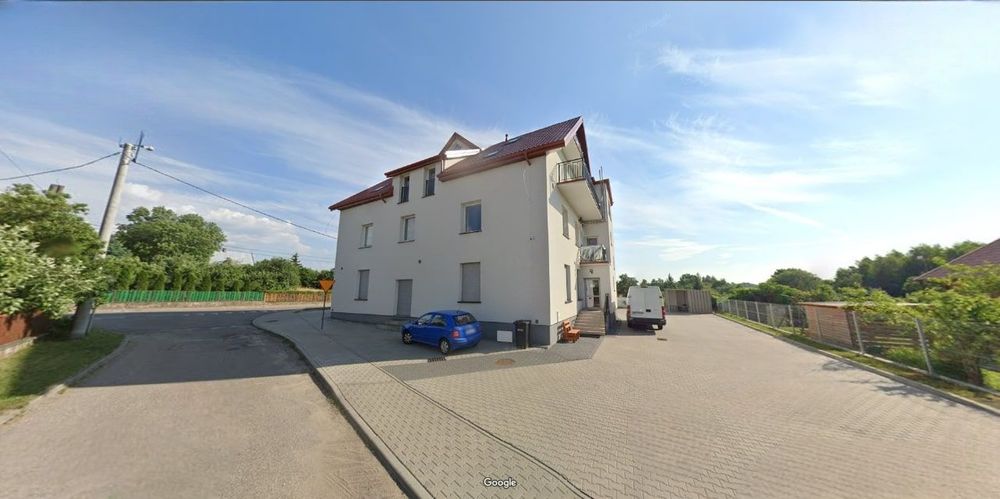
In architecture, the front elevation of a house is more than just an outer face—it’s the introduction to your home’s character, style, and personality. Often referred to as the “first impression,” the front elevation plays a crucial role in shaping how a home is perceived. Thoughtfully projekt elewacja domu designed front elevations not only elevate curb appeal but also reflect the lifestyle and taste of the residents inside.
At its core, a front elevation is a scaled drawing or 3D rendering that displays the front view of a home. It includes key architectural elements like doors, windows, balconies, textures, and roofing. This view gives a clear idea of the building’s symmetry, height, proportions, and exterior finishes. Whether you’re constructing a new home or renovating an old one, the design of the front elevation deserves strategic focus.
Modern front elevation designs often lean toward minimalism and clean geometry. Flat roofs, neutral color palettes, large glass windows, and metal or wooden accents are typical elements. The combination of materials—such as exposed concrete with vertical wooden slats or textured stone with sleek glass panels—creates contrast and interest without overwhelming the visual aesthetic.
For those who prefer a more traditional or classical elevation, elements like sloped roofs, decorative railings, archways, and brick façades add a sense of charm and timelessness. Symmetry is often emphasized, giving the home a balanced and welcoming look. Ornate columns, cornices, and pediments may also be used to add grandeur.
Contemporary front elevation designs embrace creativity and innovation. They may feature asymmetrical forms, cantilevered balconies, or layered façades. These designs also prioritize energy efficiency and natural light, with the inclusion of sunshades, pergolas, and vertical gardens. Lighting plays a key role—strategically placed fixtures can accentuate textures and architectural features while creating a warm and inviting nighttime presence.
Color selection is equally important. While neutral tones like grey, beige, and white remain popular for their sophistication, bolder hues like navy blue, forest green, or charcoal black can make a powerful statement when used correctly. Accent colors around doors or window frames can also add personality.
Landscaping complements the elevation and enhances the overall visual appeal. Green lawns, flower beds, stone pathways, or water features can frame the house beautifully and guide the eye toward architectural highlights.
In conclusion, the art of front elevation design lies in striking a balance between aesthetics and functionality. It sets the tone for what’s inside and helps define the home’s identity in its neighborhood. Whether sleek and modern or ornate and classic, a well-executed front elevation creates a lasting impression—and in architecture, that first impression matters more than ever.